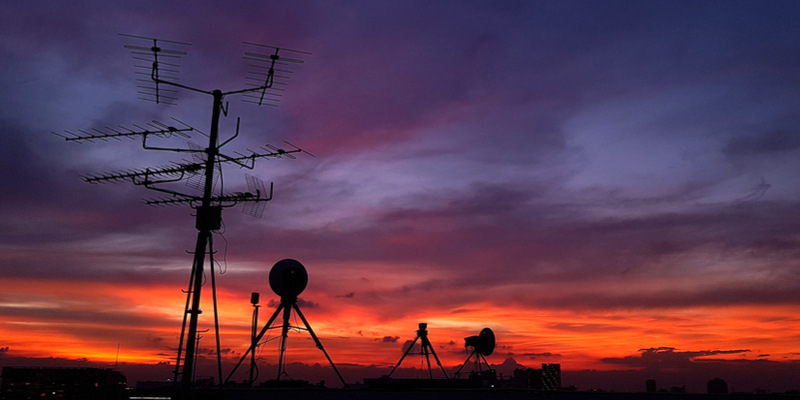There are three main types of Distributive Antenna System (DAS) designs passive, active, and hybrid. The most common system recommended today is a hybrid DAS, which is considered the best option about 60% of the time. Active systems are recommended around 32% of the time, while passive systems are applied about 6% of the time. Passive systems are the simplest and most affordable to install but they do not offer the same reliability. A passive DAS is more commonly found in smaller buildings with fewer interruptions to RF signals. Active systems are the most complex and provide the greatest coverage. They are used in larger buildings with a lot of RF signal loss. Lastly, hybrid systems offer the best of both by combining the technology used in active and passive systems.
A Breakdown of Each Type of DAS Design
Passive DAS – Passive DAS is typically used indoors and for smaller areas. It is considered the simplest option in terms of design and is therefore more cost effective. The system consists of a repeater that transfers signals to and from the antenna. It relies on coax cabling to move the signals. A passive DAS is often recommended for buildings shrouded in metal, concrete, or thick masonry. These are all examples of materials that are difficult for RF signals to penetrate and, as a result, tend to block signals and cause “dead zones.”
Active DAS – Active DAS is more complex than a passive DAS. It is typically used in larger spaces or venues. If there are additional barrier materials blocking RF signals, an active DAS may be necessary to improve signal strength. This system includes fiber optic cabling that are capable of altering RF signals into light for distribution purposes, before turning it back into a recognizable signal once it reaches its intended destination.
Advanced fiber technologies are employed by up to 65% of engineers who specialize in DAS design. As a result of more advanced fiber technologies, digital transportation of RF signals is greatly enhanced. In many cases, this type of system can improve coverage as well as capacity and overall performance.
The downside to an active system is that it requires additional maintenance when compared to a passive system. Although, the enhanced communication capabilities and reliability make up for that in many cases.
Hybrid DAS – A combination of a passive design that relies on coax, and an active design that relies on fiber optics, Hybrid systems offer the best of both worlds. A hybrid system combines the technology of coax and fiber optics to distribute signals. It is a single passive DAS that is connected to a few passive systems that rely on RF amplifiers.
Since it is similar to a passive system, the design and installation tend to be less complex. This option typically produces better signals and offers fewer signal losses than a passive system. Although, there is still some signal loss because the antennas are wired together through coaxial cables. Over 50% of engineers believe that hybrid systems often make the best option.
What is the Best DAS Design for Your Building? – We offer free pre-testing of signal strength and site surveys. During this process, an engineer comes on site to assess your building or venue. As a result, we can provide you with the knowledge you need to decide on the best system regarding budget, reliability, and so forth. Contact us today to learn more and set up your free consultation and assessment.
SOURCE:
http://micro.apitech.com/pdf/whitepapers/DAS-API-WhitePaper.pdf

